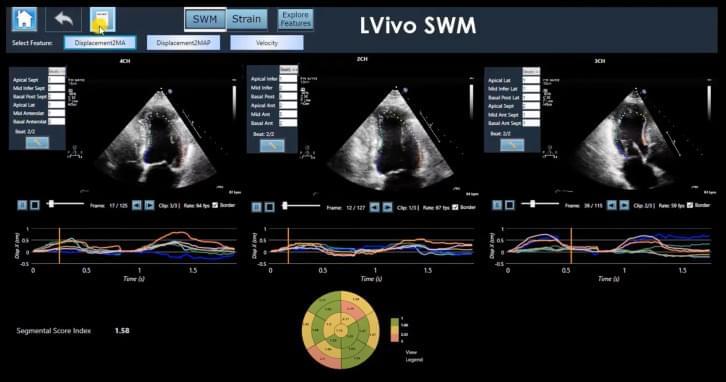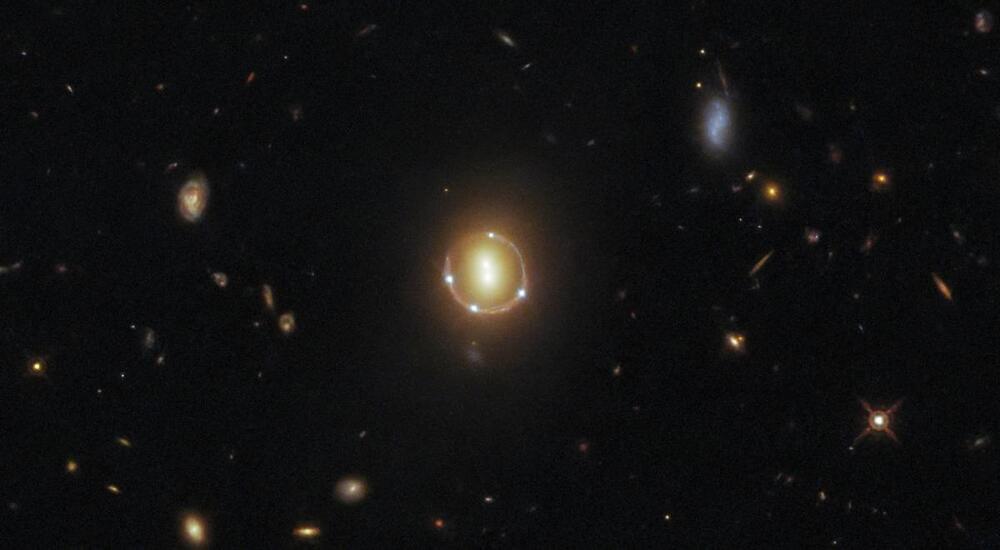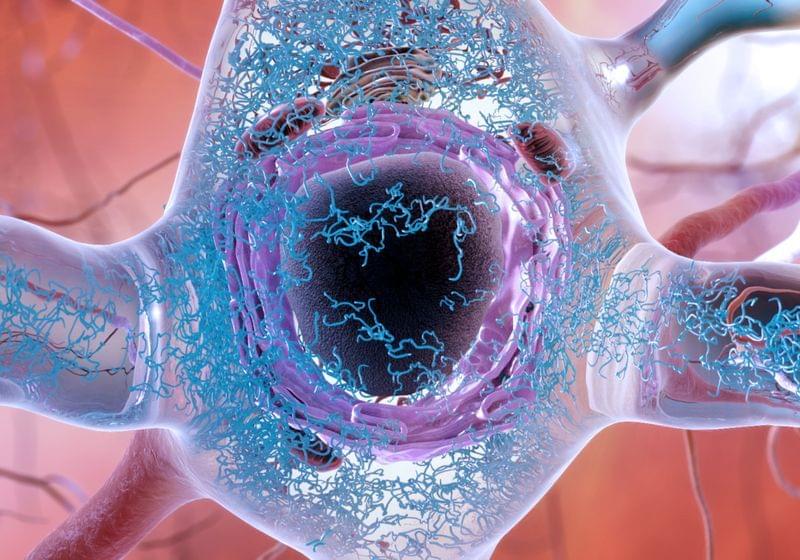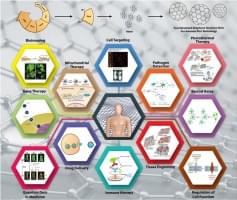Israel-based AI healthtech company, DiA Imaging Analysis, which is using deep learning and machine learning to automate analysis of ultrasound scans, has closed a $14 million Series B round of funding.
Backers in the growth round, which comes three years after DiA last raised, include new investors Alchimia Ventures, Downing Ventures, ICON Fund, Philips and XTX Ventures — with existing investors also participating, including CE Ventures, Connecticut Innovations, Defta Partners, Mindset Ventures, and Dr Shmuel Cabilly. In total, it has taken in $25 million to date.
The latest financing will allow DiA to continue expanding its product range and go after new and expanded partnerships with ultrasound vendors, PACS/Healthcare IT companies, resellers and distributors while continuing to build out its presence across three regional markets.









